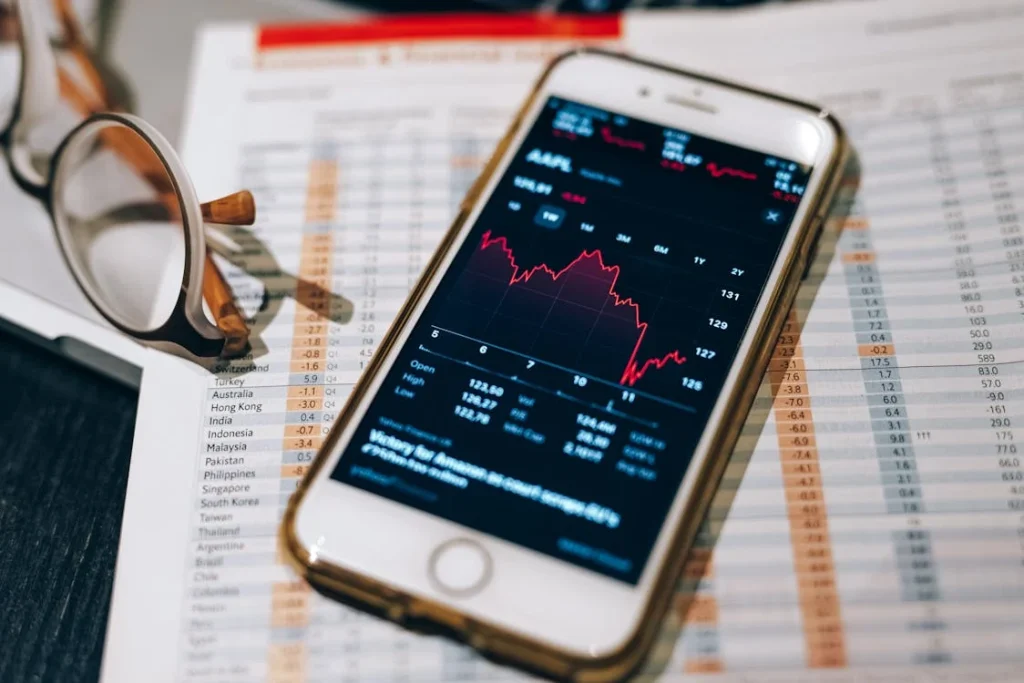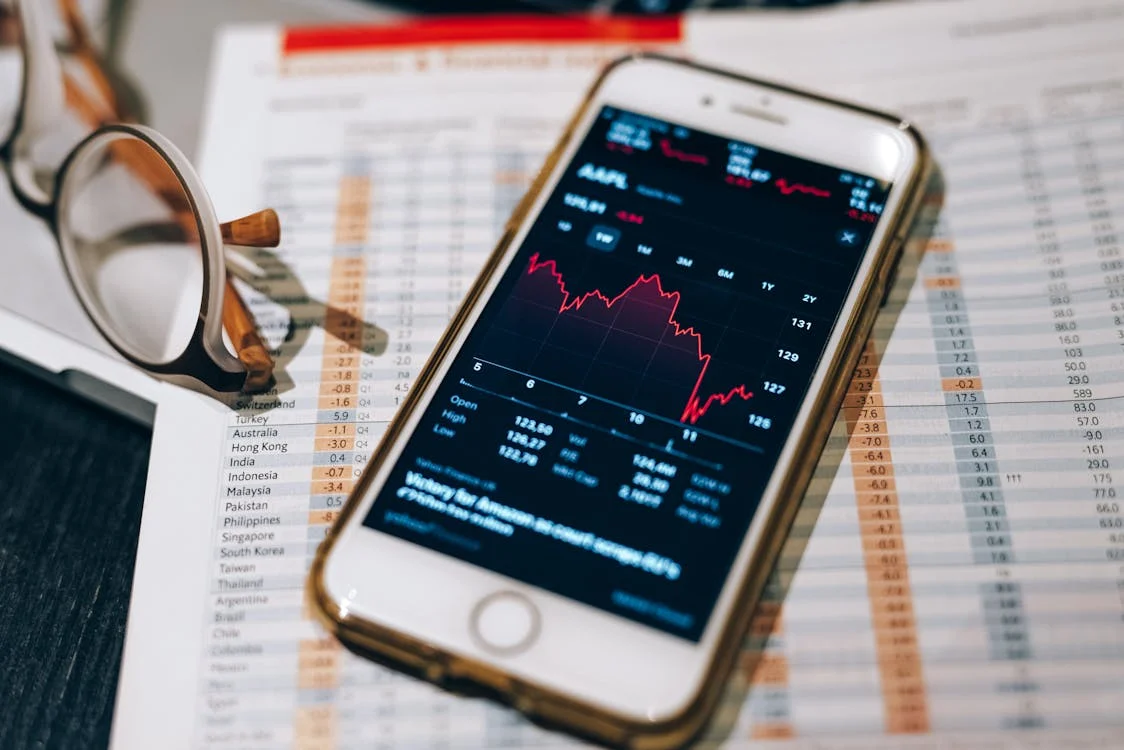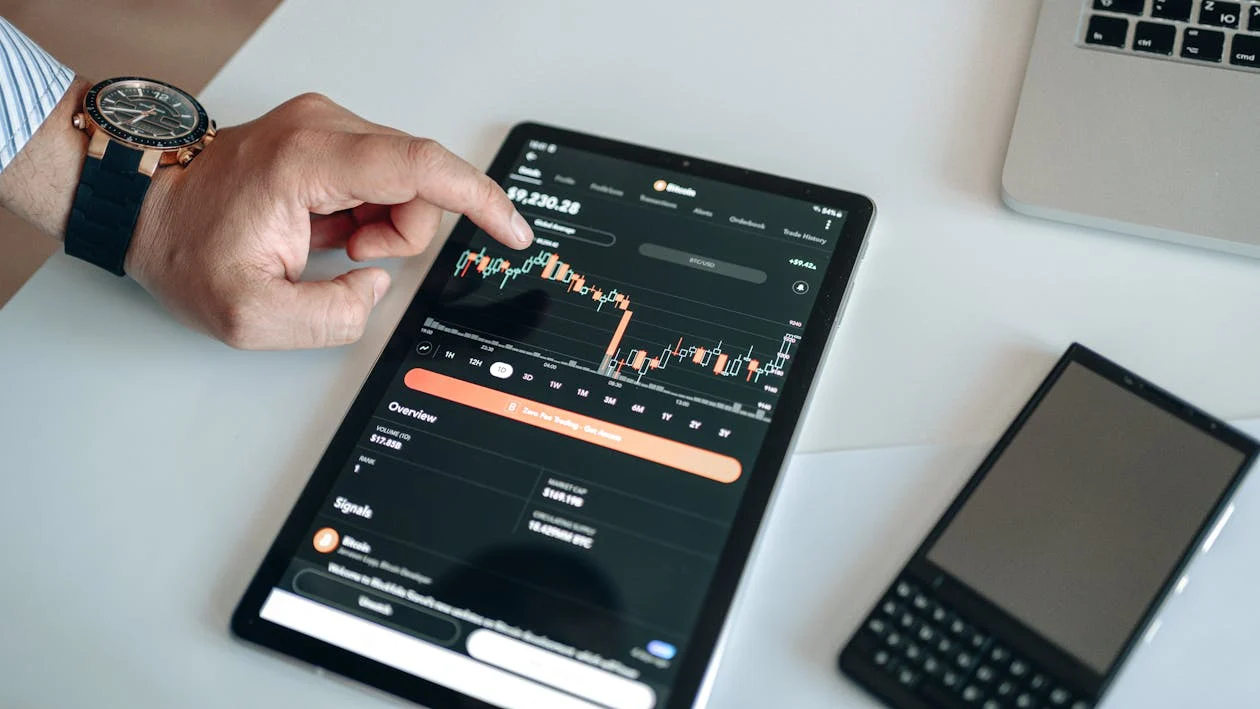Building a Profitable Forex Trading Strategy
In the world of Forex trading, having a solid trading strategy is crucial for long-term success. While some traders rely on pure luck or guesswork, the most successful traders base their decisions on a well-thought-out strategy. In this article, we will dive deep into the process of developing a profitable Forex trading strategy, covering the essential components and tools needed to create one that suits your trading style and risk tolerance.

The Importance of a Forex Trading Strategy
Without a clear strategy, Forex trading can quickly become a gamble. A trading strategy is your roadmap for navigating the market, helping you decide when to enter and exit trades, how much to risk on each trade, and what tools to use to analyze the market. With the right strategy in place, you can minimize risks, control your emotions, and improve your chances of making consistent profits.
In addition to that, a trading strategy helps you avoid emotional decision-making. Fear, greed, and impatience are common emotions in trading, and they can lead to poor decision-making. A well-defined strategy helps you stick to your plan, ensuring that you trade systematically rather than react impulsively to market movements.
Key Components of a Profitable Forex Trading Strategy
1. Clear Trading Goals
Before you develop a strategy, it’s important to set clear trading goals. These goals should be specific, measurable, achievable, realistic, and time-bound (SMART goals). For example, you might set a goal to achieve a 5% return on your account each month or reduce your drawdown to a maximum of 10%. Setting clear goals helps you stay focused and gives you something to measure your progress against.
Having well-defined goals also enables you to track your performance over time, allowing you to make adjustments as needed. Without goals, it’s easy to lose direction and trade aimlessly, which can quickly lead to losses.
2. Risk Management
Risk management is a critical aspect of any profitable Forex trading strategy. It involves determining how much of your capital you are willing to risk on each trade and how to protect your investments from significant losses. Proper risk management ensures that a few losing trades won’t wipe out your entire account balance.
One of the key principles of risk management is the 1-2% rule, which suggests that you should never risk more than 1-2% of your total trading capital on a single trade. This minimizes the impact of any single loss and ensures that you can continue trading even after a series of losing trades.
3. Technical Analysis
Technical analysis is the study of past market data, primarily price and volume, to predict future price movements. It is one of the most widely used tools in Forex trading. A trader who uses technical analysis examines charts, trends, and indicators to identify potential trade opportunities.
There are many technical indicators available, including Moving Averages, Relative Strength Index (RSI), Bollinger Bands, and MACD, each offering valuable insights into the market’s current state. By learning how to use these indicators effectively, you can enhance your ability to predict price movements and make informed decisions.
4. Fundamental Analysis
In addition to technical analysis, many successful Forex traders also incorporate fundamental analysis into their strategies. Fundamental analysis involves studying economic indicators, such as interest rates, inflation data, employment figures, and geopolitical events, to assess the underlying factors that influence currency prices.
While technical analysis focuses on price action and chart patterns, fundamental analysis looks at the broader economic picture. By combining both types of analysis, traders can develop a more comprehensive understanding of the market and make more informed trading decisions.
5. Trading Plan
Having a well-documented trading plan is essential for success in Forex trading. A trading plan outlines your trading strategy, including entry and exit rules, risk management techniques, trading goals, and any other important guidelines for your trading activity.
Your trading plan should be clear and easy to follow, and it should reflect your personal trading style and risk tolerance. Whether you are a scalper, day trader, or swing trader, your plan should include specific rules for each aspect of your trading, including which currency pairs to trade, when to enter and exit trades, and how much risk to take on each position.
6. Backtesting and Optimization
Once you have developed a Forex trading strategy, it’s crucial to test it before using real money. Backtesting involves applying your strategy to historical price data to see how it would have performed in the past. This process helps you assess the viability of your strategy and make adjustments if necessary.
Many trading platforms, such as MetaTrader 4 and MetaTrader 5, offer backtesting tools that allow you to test your strategy over different timeframes and market conditions. If your strategy performs well in backtesting, it’s more likely to succeed in live market conditions, but there’s no guarantee of future results.
7. Adaptability and Flexibility
Even the most successful traders understand that the Forex market is constantly changing. A strategy that works well in one market environment may not work as effectively in another. Therefore, it’s important to remain adaptable and flexible in your approach to trading.
Markets go through different phases, including trending, consolidating, and volatile periods. As a trader, you need to be able to adjust your strategy based on the current market conditions. Being too rigid in your approach can lead to missed opportunities or unnecessary losses.
8. Keep a Trading Journal
Keeping a detailed trading journal is one of the best ways to improve your trading skills and develop a profitable strategy over time. In your journal, record all of your trades, including the entry and exit points, position size, reason for the trade, and the outcome. This allows you to review your performance, identify patterns, and learn from your successes and mistakes.
A trading journal also helps you track your emotional state during trades, as emotions can greatly affect trading decisions. By keeping a journal, you can learn to manage your emotions and develop a more disciplined approach to trading.




